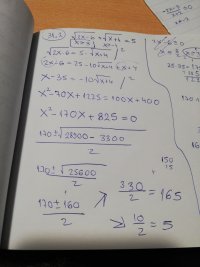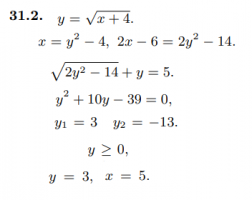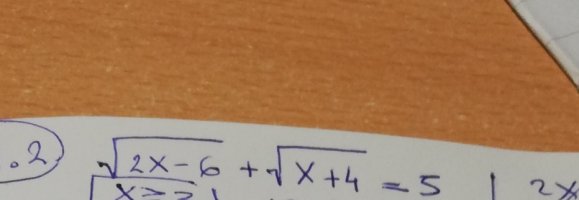The first picture is the problem and how I solved it. I got x=>3 as the domain because of the square roots. In the end I got the answers 5 and 165. The second picture is how the solution actually is. They replaced sqrt(x+4) with y which I did not. In the end they had two answers for y and were able, because of the condition, to discard one and in the end only got x=5. Is there a way for me to discard 165 without going back to check the answers. For instance when I put 165 as x I get 18+13, it would work if it was -13 but sqrt can only be positive (if i am not mistaken in this case)





